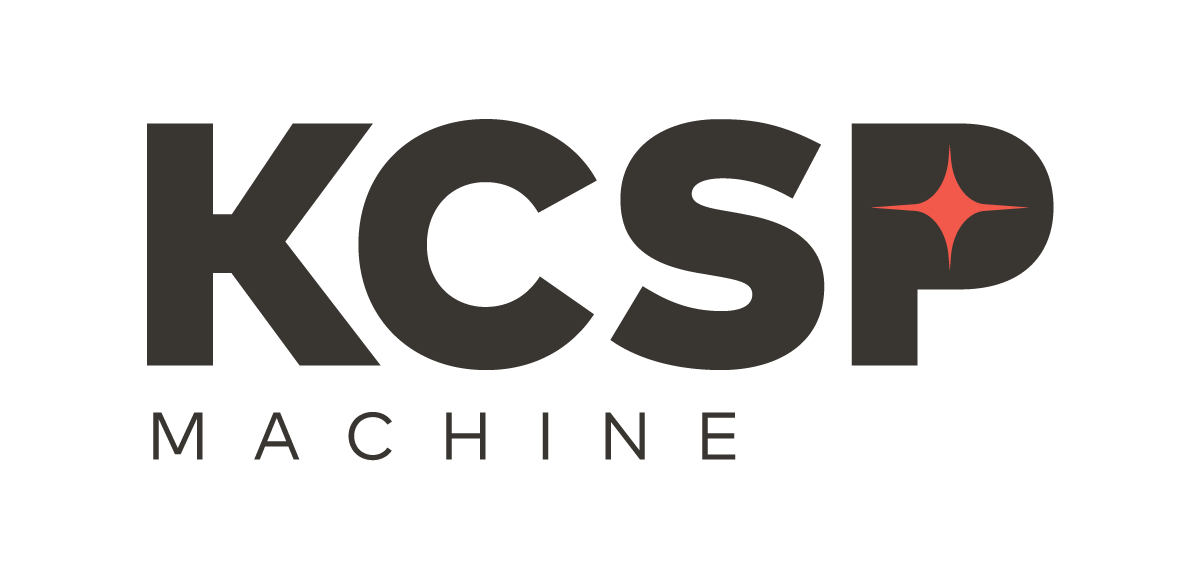Advice from Our Precision Machine Shop: Avoid Overtolerancing Parts
At KCSP, we know that precision is key to the performance of machined parts. We also know that while tight tolerances are sometimes necessary for the application, they can lead to higher costs and longer production times.
We're here to help you strike the right balance, delivering the precision you need without unnecessary expenses. As your trusted partner, we'd like to share a real-world example that highlights how tight tolerances can significantly impact the final cost of your quote and how we can collaborate to ensure your designs remain both high-quality and cost-effective.
A Recent Customer Story
Recently, a customer from the geotechnical industry asked us to machine a familiar component with a new tolerance specification. The part, which had a 5/16-inch hole, originally had a tolerance of +/- .005"—a routine job for our team. However, when the customer updated the tolerance to +.0002", we reached out for clarification, ensuring there wasn’t a misunderstanding. After confirming this tighter tolerance was correct, we adjusted our process to meet their needs.
Our team embraced the challenge, implementing a new approach that included purchasing specialized tools for precise measurement and adopting a manual process to ensure accuracy. While we’re always ready to meet tight specifications, this shift offered a valuable lesson in the costs associated with precision.
The Impacts of Meeting Ultra-Tight Tolerances
These tighter tolerances required not only additional machining time but also increased labor and inspection time. Here's how it broke down:
Machining Time:
Achieving the original tolerance used to take just two minutes per part. The updated specification now takes five minutes per part, as we carefully mill each piece to meet the stricter tolerance.Inspection Time:
Previously, we could inspect one part out of ten without halting production. With the new requirements, we inspect every part individually, adding significant time to the process.
In the end, this adjustment increased the cost of the part although we were still able to offer a very competitive rate.
The Takeaway: Only Tighten When It Matters
So, what’s the lesson here? Tight tolerances aren’t cheap. That extra decimal point comes with real costs in time, labor, and (in some cases) new tools.
While we’re fully equipped to handle precise tolerances when needed, it's important to understand when they’re truly necessary for a part’s function. In this case, the tighter tolerance was critical, and we were able to deliver a high-quality part that met all requirements. However, when tolerances can be relaxed without compromising quality, you can save both time and money.
How KCSP Machine Handles Extremely Tight Tolerances
At KCSP Machine, our standard practice is to flag any tolerances that seem unusually tight and reach out to the customer to discuss if it’s needed. We’ve found that, more often than not, customers are more than happy to ease off once they see the extra steps – and the associated costs – required to meet the tighter spec.
Our team is committed to delivering success to our customers, and that means producing parts in the most efficient, cost-effective way possible. While tight tolerances may be necessary for specific components and features, be wary of when you can loosen them to reduce costs while still achieving the high-quality results you need. Let’s talk about your needs, and how we can make it all happen without any unnecessary spend.
Request a quote to work with our skilled team!

